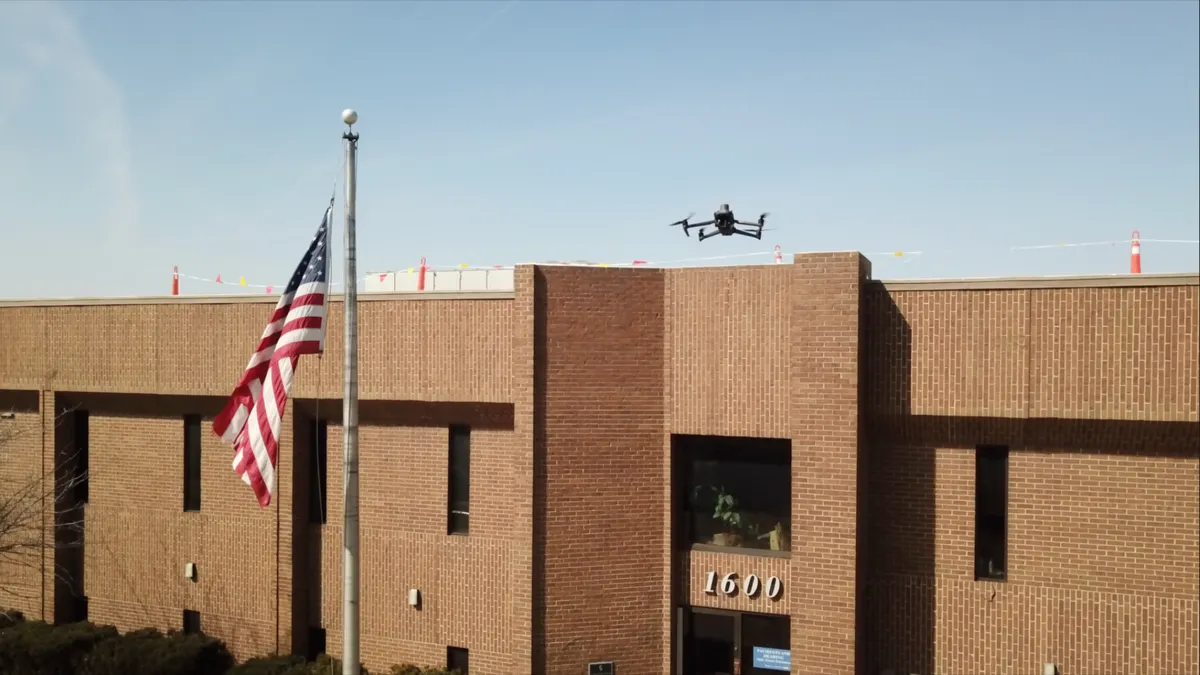Editor's Note: The following is a guest post from Arnaud Legrand, head of public sector marketing at Nokia.
A virtuous circle exists in hyperconnected cities where economic prosperity, business growth and social well-being combine to become increasingly efficient and effective.
Many of the factors that feed into this iterative growth, such as social, health, environmental and business advantages, are difficult to calculate. However, the statistics that prove qualitative benefits – creating new business opportunities, filling talent gaps, improving public health, reducing crime, boosting productivity and addressing income inequality – are more measurable.
The ability to establish a measurable framework through which to accelerate transformation is critical in order to justify the time and resources required to take a smart city to the next level. This framework, which includes defined ROI, benefits to citizens and businesses, and any learnings from those who have trod the path already, will ultimately speed up the arrival of truly hyperconnected cities.
The hyperconnected city opportunity
Becoming a smarter city allows public safety officials to create a more automated approach to public health by implementing prevention measures and ensuring emergency services are kept safe and available for urgent issues. In Sendai, Japan, for example, drones are being trialed for early evacuation warnings in situations of disaster prevention and mitigation.
Greater connectivity can also drive efficiencies that diminish environmental impact. Car use and associated emissions can be decreased by smarter public transport networks that incorporate improvements facilitated by 5G and IoT deployment, which in turn can analyze data from real-time updates to improve services and provide customer updates.
Many of these benefits accelerate when cities make investments in smart technologies such as big data, the internet of things (IoT), artificial intelligence (AI), machine learning and 5G. For example, where 5G-enabled data transfer and analytics can be applied to information about transport and public services in a dynamic way, it enables city leaders to have a more holistic view of situations and automate actions that ensure services meet residents' needs in real time.
To help define a hyperconnected city, the ESI ThoughtLab conducted a recent study to analyze the investments, strategies and technologies adopted by cities on the hyperconnected path.
COVID-19 as a catalyst
Before the novel coronavirus (COVID-19), these technologies were becoming more apparent in how they could be leveraged to enhance communication lines between government entities and residents. Further, COVID-19 has highlighted the need to accelerate the capabilities and deployment of such systems.
Urban areas with higher population densities have become the hub of outbreaks. However, by implementing technologies such as 5G and analytics to determine hot spots for crowd gatherings and remote monitoring of situations, hyperconnected cities can better transform public safety.
City-as-a-Platform
Building a hyperconnected city is a long-term proposition that must occur on multiple fronts at once. From a technological perspective, it makes no sense to re-invent the wheel for each project. City IT departments have to take a platform approach by developing shared communications, cloud, data analytics and AI/ML capabilities to support all smart city projects cohesively.
This investment helps overcome two key roadblocks: ensuring that each project has access to state-of-the-art technology, and that it simplifies cybersecurity management and data privacy on a city-wide basis.
Consistency in roll-out and implementation can also optimize a defined approach to regulatory requirements (an issue also flagged in the research). Learning from how similar services and solutions were put in place can allow later implementations to adopt best practice accordingly.
Citizen-first approach
The need to continuously communicate to ensure the buy-in of citizens and stakeholders is fundamental to the success of any hyperconnected city initiative — and importantly, this isn't just about telling. It is also about listening.
It's key to explain what's being developed, why, how and when, in order to overcome public anxieties about reliability, security and collective use of data. This is especially important as anonymous, aggregated information is needed to inform machine learning and deployment improvements.
The public needs to know what's in it for them, and that systems and processes can be trusted. It is critical that what's being developed is able to match citizens' and stakeholders' evolving needs, and that public acceptance has to be front and center within any planning.
More than just a smart city
A hyperconnected city is about unlocking the full economic, social, environmental and business value of technology to become one hyperconnected urban epicenter — whether that's through IoT, AI or mobile connectivity. This is done by leveraging new digital technologies, along with data, to gain insights on how to improve performance within a city's ecosystem and addressing all citizen and business stakeholders to whom it matters most.
Building hyperconnected cities can yield positive results in the long run, addressing both key social issues and economic challenges. Getting started is certainly a big hurdle, but starting right is equally important. To reap the benefits of these initiatives, cities need to think multi-dimensionally and have a sustained long-term strategy.

















